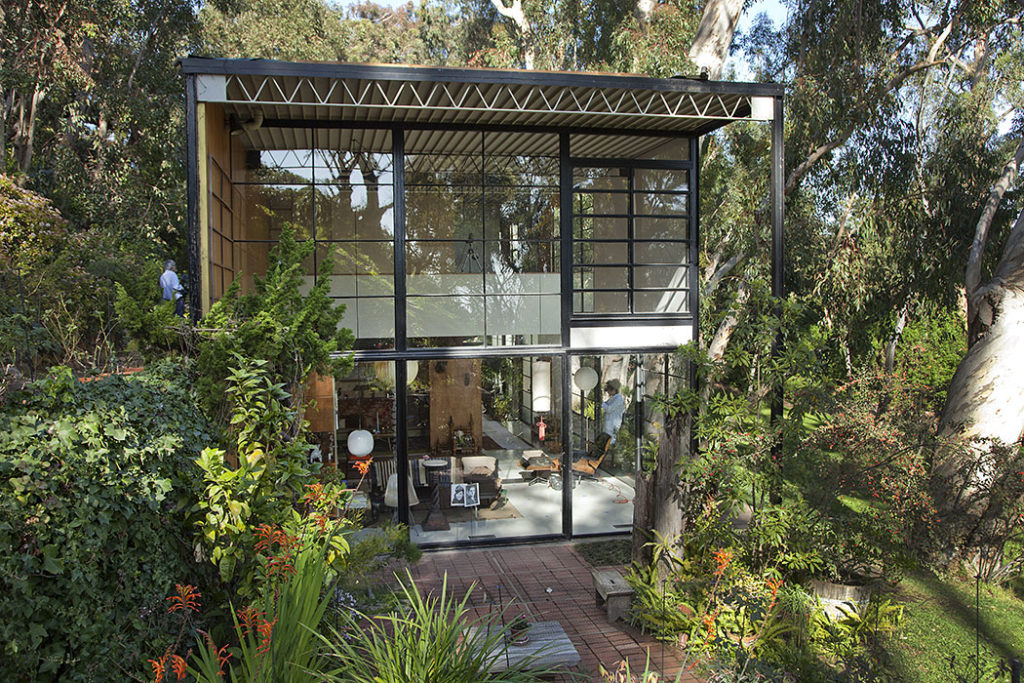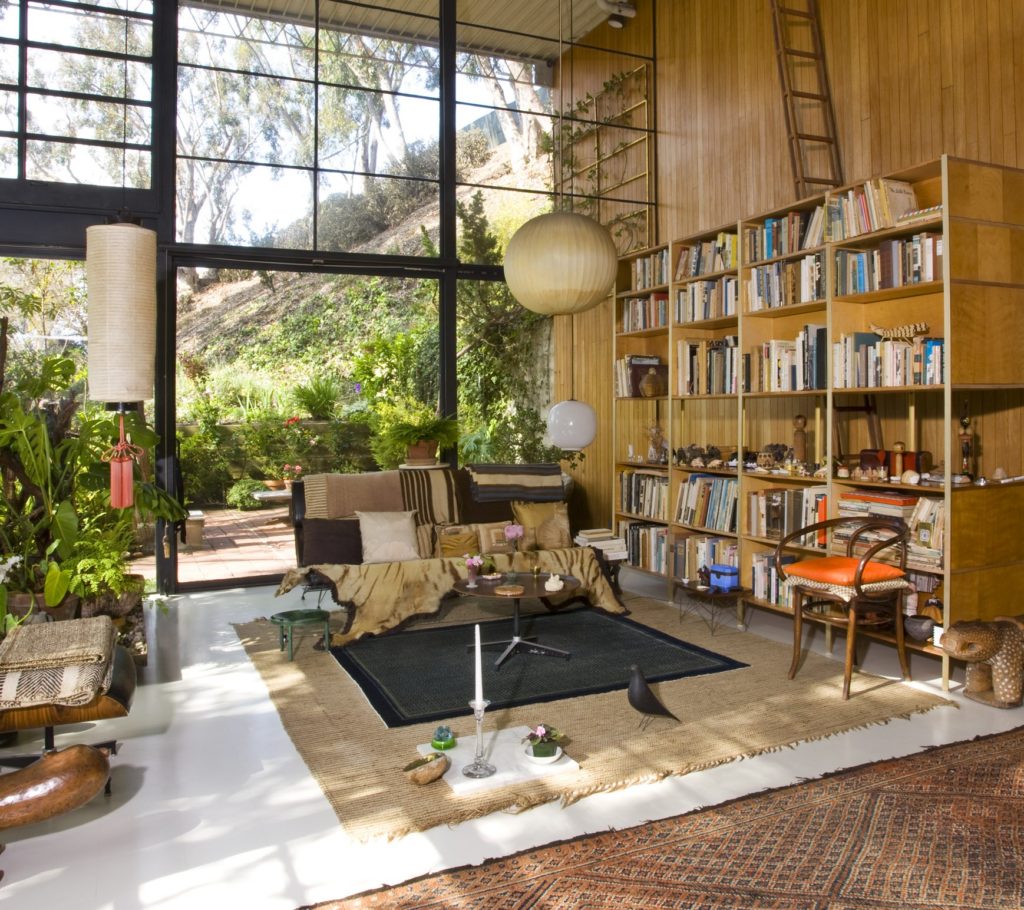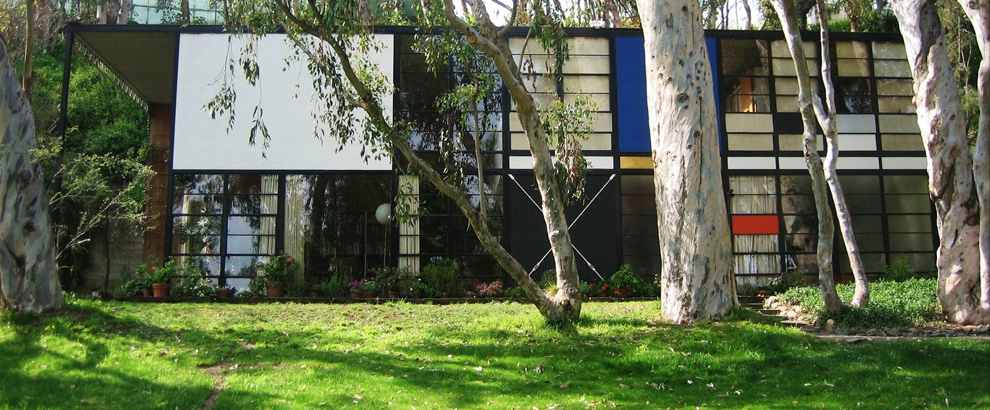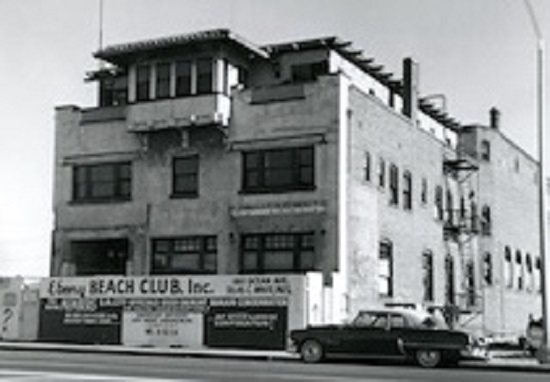
National Palisades landmark to be preserved for “generations to come”
By Keldine Hull
The Getty Conservation Institute (GCI) announced plans to continue maintenance and restoration of the Eames House, also known as Case Study House No. 8. As part of the Case Study program, sponsored by Arts & Architecture, houses were intended to be affordable, pushing the boundaries of construction by incorporating new materials and techniques. Out of the nearly 40 homes and apartment buildings originally commissioned about half remain, 11 of which were added to the National Register of Historic Places.
The restoration plan provides the framework for the ongoing care, management, conservation, display, and interpretation of the site, including the house and studio, the collection of objects in the home, and the landscape.

“We want the Eames House to look as though Charles and Ray just stepped out for the day, and working with the GCI has helped us clarify what the site needs in order to meet this goal,” says Lucia Dewey Atwood, director of the Eames Foundation’s 250 Year Project, which aims to preserve the house for generations to come. “I’m happy to say that our approach mirrored the iterative process the Eameses used in their designing—they tested several ideas at once, refined and adjusted, then tested again in order to arrive at the best design solution.”
Located at 203 Chautauqua Blvd., the Eames House was built in 1949 by husband and wife architectural and design team, Charles and Ray Eames, as their home and studio. The couple remained in the home until their deaths; Charles on August 21, 1978, and Ray, exactly 10 years later, on August 21, 1988. Nestled in the hillsides of the Pacific Palisades on a 1.4-acre site overlooking the ocean, the intentions behind its placement was to create a sense of private enclosure. It was designated a National Historic Landmark in 2006 due to its association with the Case Study House program, connection to Charles and Ray Eames, and significance in postwar Modern residential design and construction. Furnishings, decorations, artwork and collections in the house have been maintained throughout time, remaining as they were when the Charles and Ray Eames moved in.

Charles Ormond Eames, Jr. and Bernice Alexandra “Ray” Kaiser Eames made historical strides in the development of modern architecture and furniture. Their most well- known designs include the Eames Lounge Chair and Ottoman, released in 1956 and their 1961 kinetic and static exhibition, Mathematica: A World of Numbers…and Beyond, which debuted at the California Museum of Science and Industry. Prolific and groundbreaking in their field, their work extended beyond design and architecture to include graphic design, film, and fine art.
According to the Getty Conservation Institute, their plans work as a roadmap for the Eames Foundation on an ambitious conservation plan for the Eames House. Collaborating with the Eames Foundation, the institute hopes to protect the home for centuries to come while allowing the public to continue to visit. The Eames House serves as a rare glimpse into a bygone era of California history and a vital piece of the Eames’ legacy.


























You must be logged in to post a comment.